Little Oil vs. Big Oil
“The slant-hole story is a
significant piece of Texas
history, and it must be told
before no one is left
to tell it.”
Robert Cargill Jr. is a native son of East Texas where as a child he was fascinated by the flaring gas from oil wells in his grandfather’s back yard. He studied chemistry at Rice, earned a PhD at MIT, and was a research fellow at the University of California at Berkeley before becoming a chemistry professor at the University of South Carolina in 1962. His research there led to what became known as the “Cargill Rearrangement” and to the Russell Award for Excellence in Research in 1974. In 1980 he joined his father’s oil and gas business in East Texas that had suffered from the effects of the oil crises of the late 1970s. He maintains interests in the East Texas Oil Field and in other oil deposits. He is an active alumnus of Rice and MIT. He and his wife Martha have a blended family of seven children, twelve grandchildren, and three great-grandchildren. He and Martha live in Dallas.
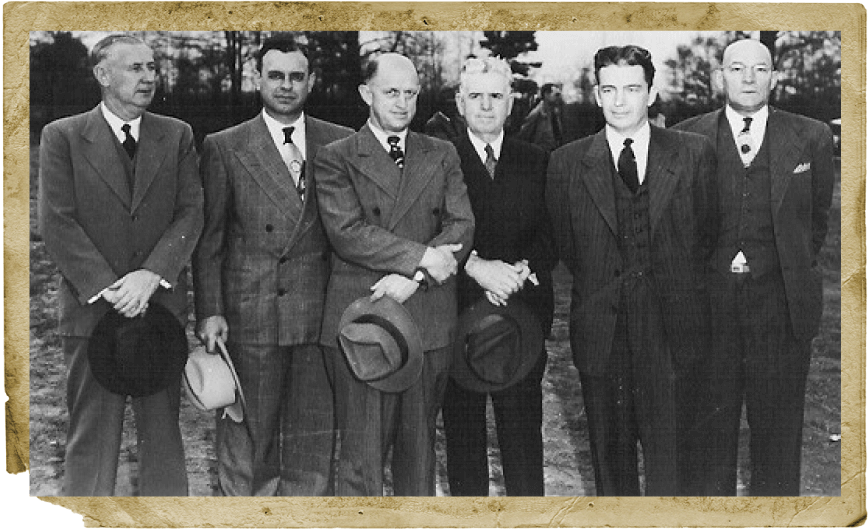
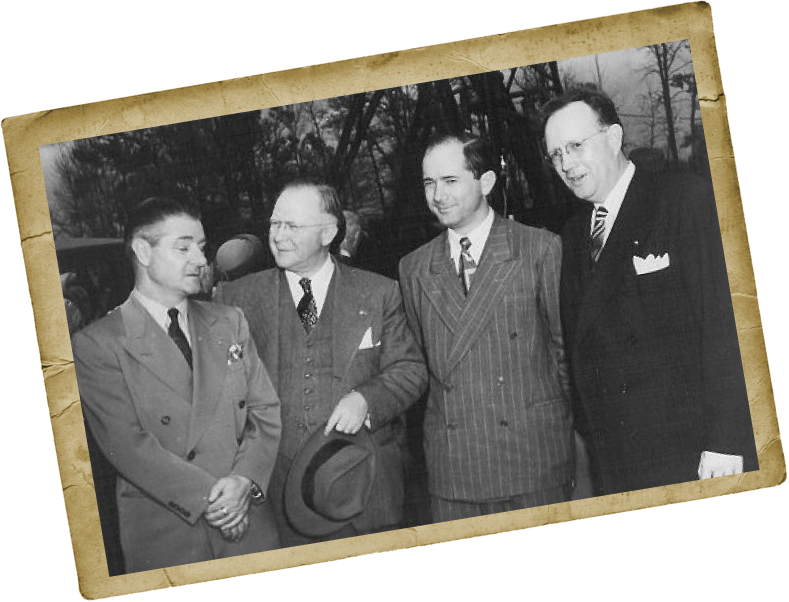
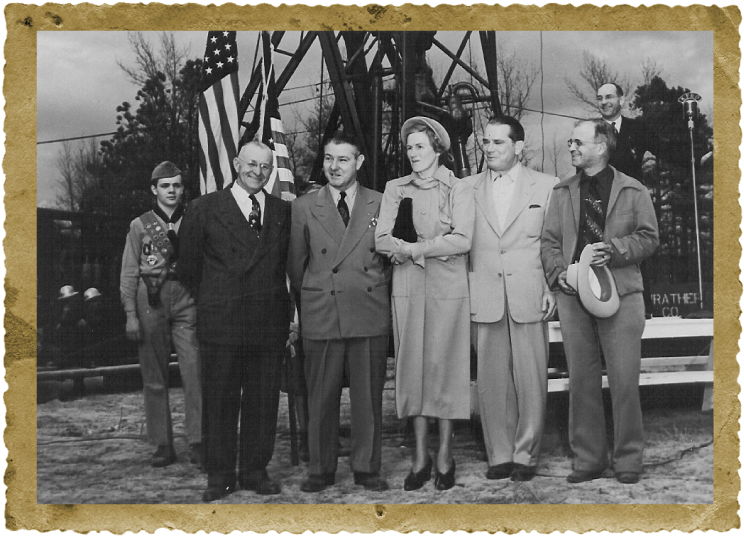
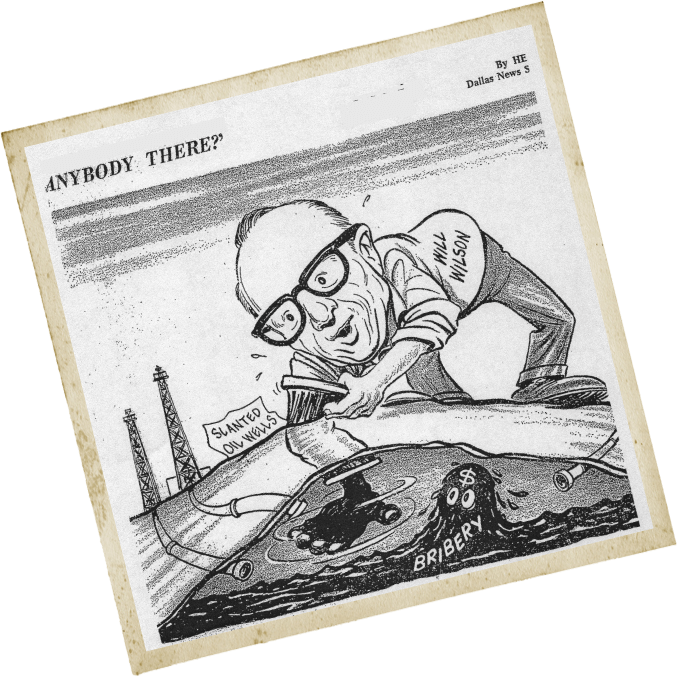
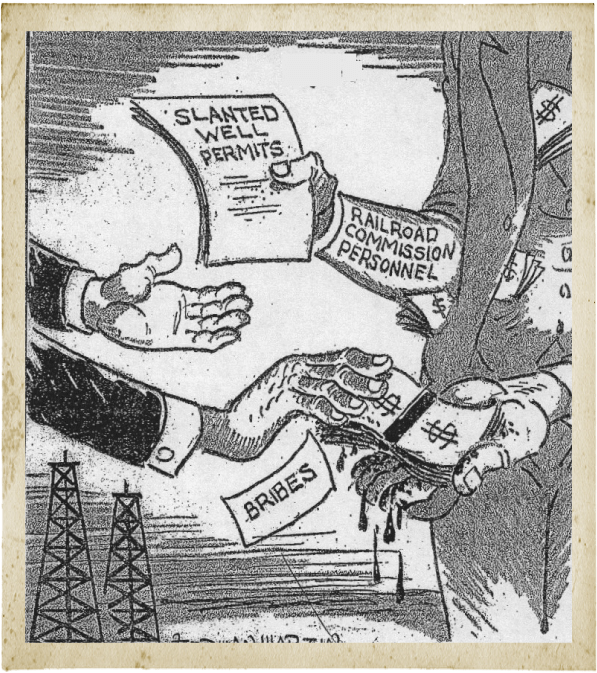
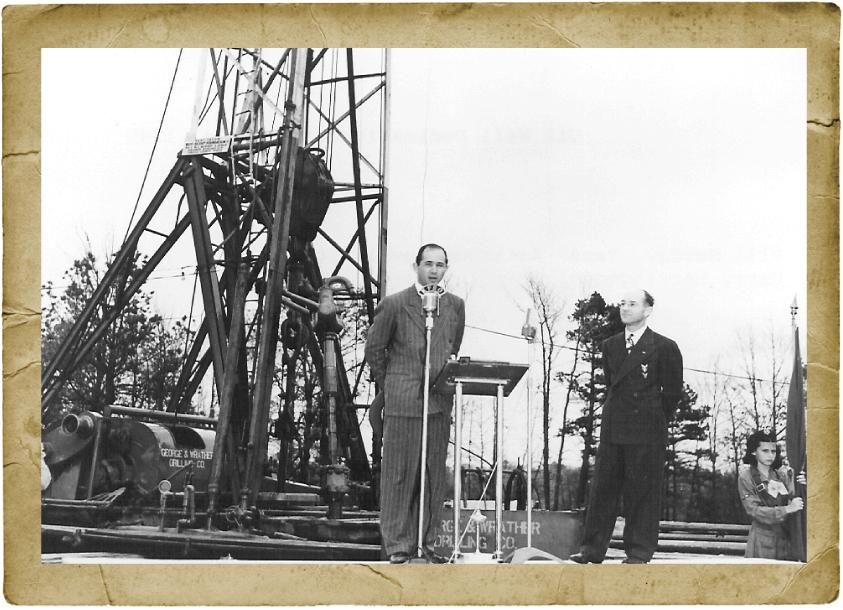
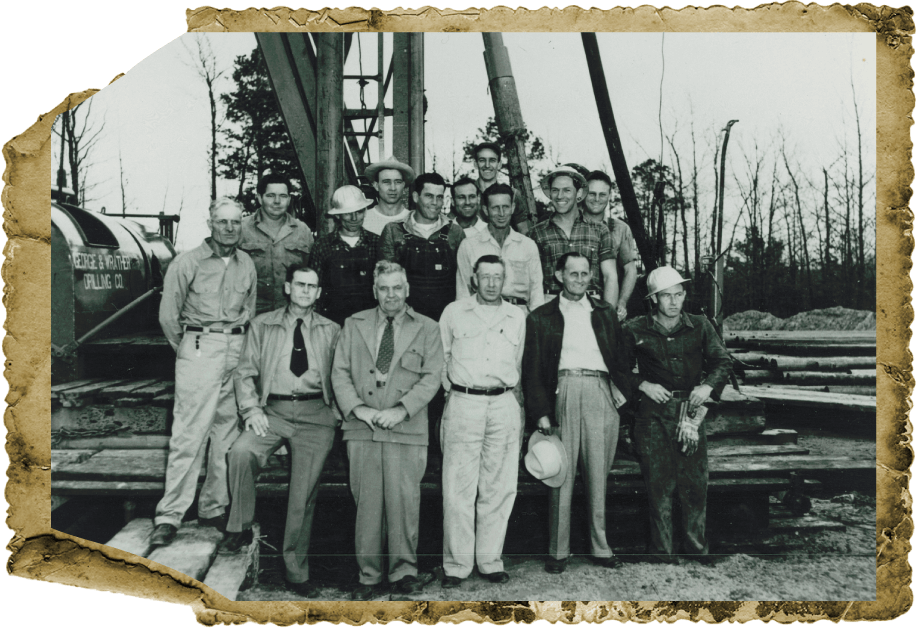
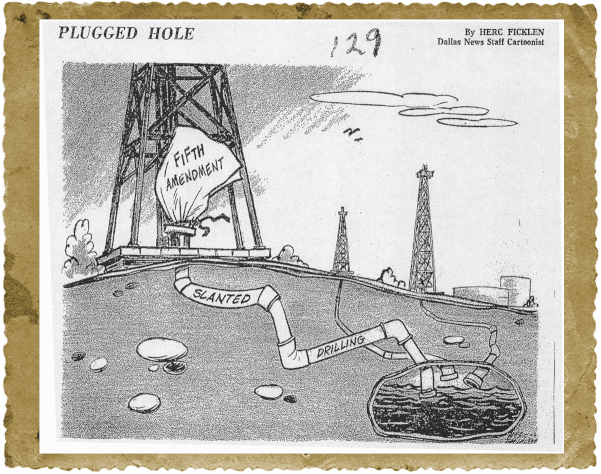
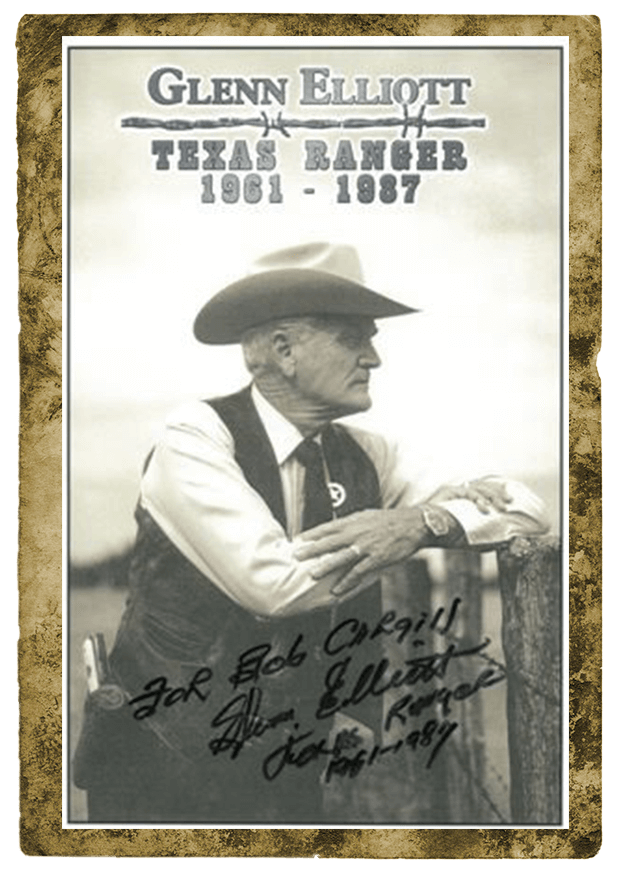
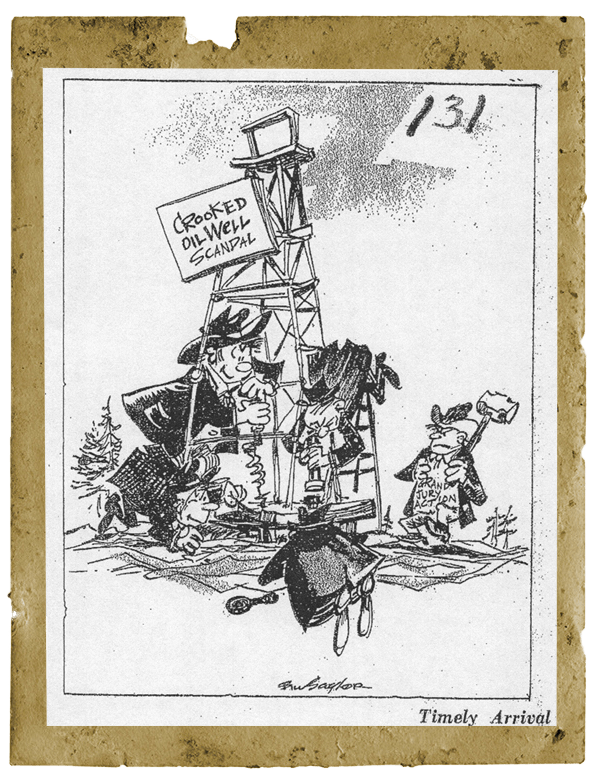
Let us know how we can help you.